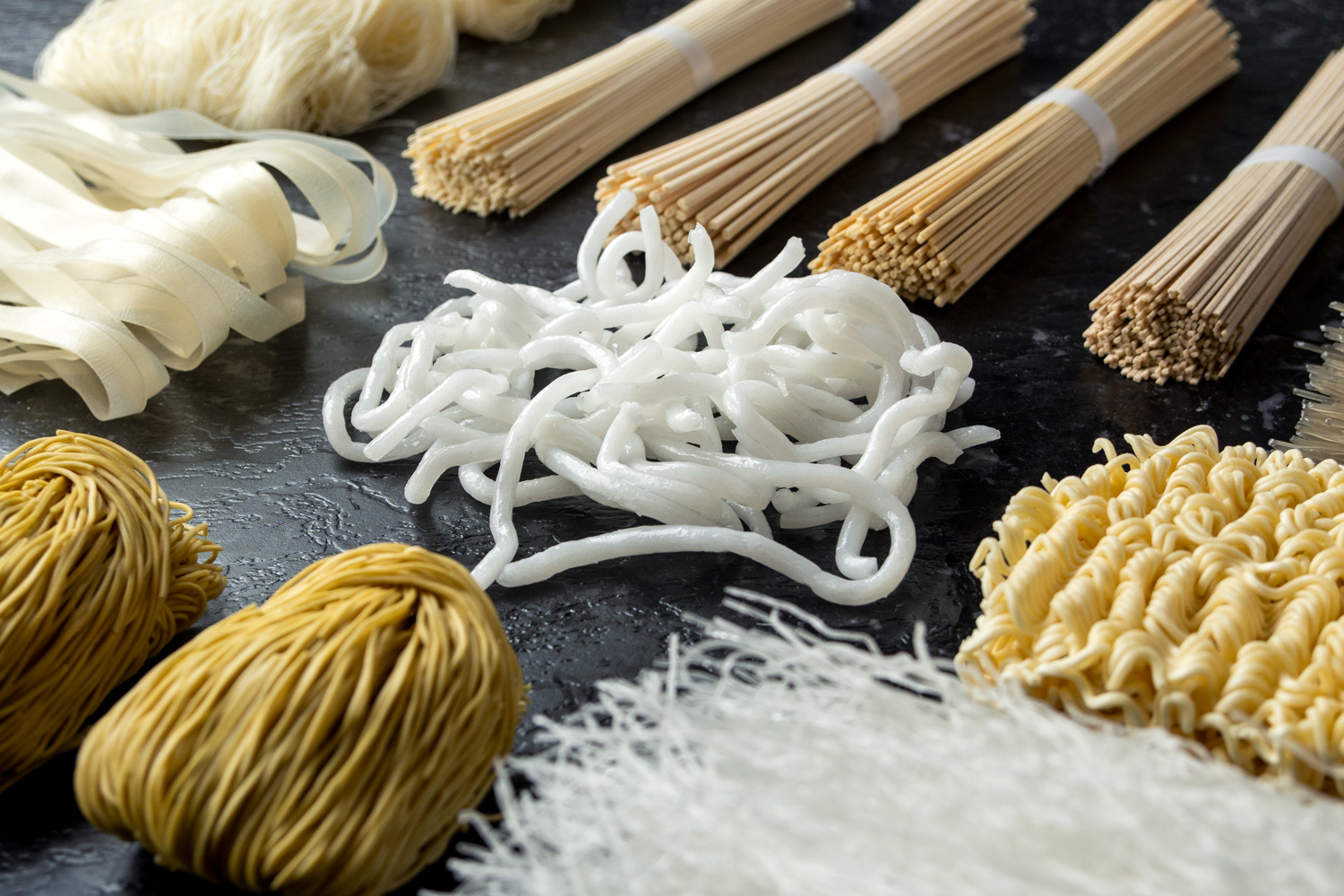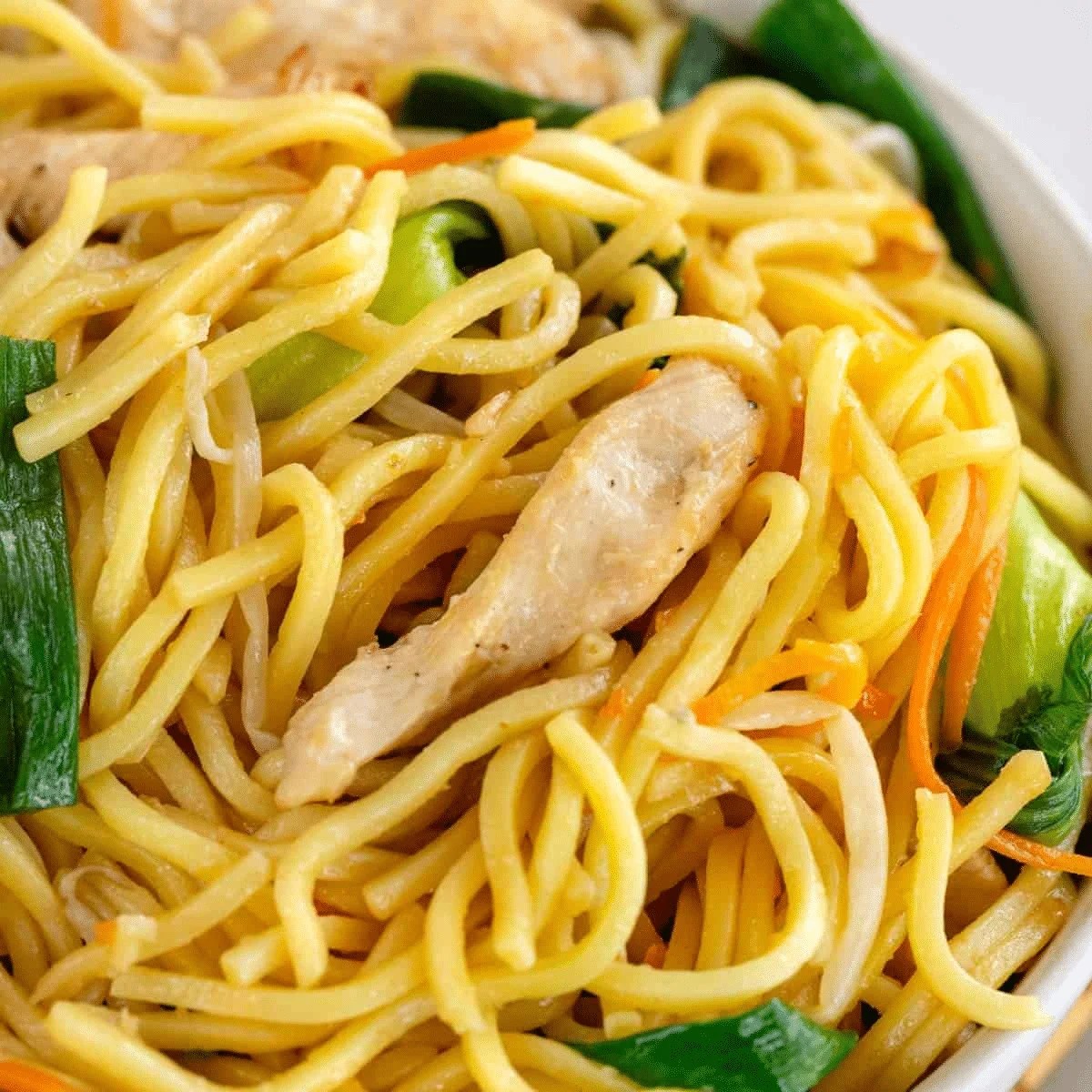Exploring The Diverse World Of Asian Noodles Types
Asian noodles types are not just a staple in many cuisines; they represent a rich tapestry of history, culture, and culinary delight. From the bustling streets of Bangkok to the tranquil tea houses of Kyoto, these noodles come in a variety of forms, each with its unique texture, flavor, and preparation method. Understanding the different types of Asian noodles opens up a new world of taste and tradition, allowing food lovers to appreciate the nuances that make each dish special.
As we delve into the myriad of Asian noodles types, it’s fascinating to note how geography and local ingredients influence the characteristics of each noodle. Whether it’s the chewy texture of udon from Japan or the delicate rice vermicelli from Vietnam, each type of noodle tells a story that connects the people to their land. This article aims to shed light on some of the most popular varieties of Asian noodles, exploring their origins, uses, and how to enjoy them in your own kitchen.
With so many different styles and flavors to choose from, it can be overwhelming to navigate the world of Asian noodles. But fear not! By the end of this guide, you’ll have a comprehensive understanding of the various types of noodles and how to incorporate them into your meals. So, let’s embark on this delicious journey together and discover the wonderful universe of Asian noodles types!
What Are the Most Popular Asian Noodles Types?
Asian noodles are as diverse as the cultures that create them. Here’s a list of some of the most popular types:
- Udon: Thick, chewy wheat noodles from Japan.
- Soba: Buckwheat noodles that are often served cold.
- Rice Noodles: Versatile noodles made from rice flour, commonly used in Thai and Vietnamese dishes.
- Egg Noodles: Wheat noodles enriched with eggs, popular in Chinese cuisine.
- Chow Mein Noodles: Thin, crispy noodles used in stir-fried dishes.
- Ramen: Japanese wheat noodles that are often served in broth.
- Vermicelli: Thin rice noodles that are popular in Southeast Asian dishes.
- Glass Noodles: Transparent noodles made from mung bean starch.
How Are Udon Noodles Made?
Udon noodles are a quintessential Japanese noodle known for their thick and chewy texture. The process of making udon involves only a few simple ingredients: flour, water, and salt. Here’s how they are traditionally prepared:
Where Did Soba Noodles Originate?
Soba noodles are believed to have originated in Japan, where buckwheat was introduced in the 8th century. Unlike wheat noodles, soba is made primarily from buckwheat flour, which gives it a distinct nutty flavor and a slightly grayish color. These noodles can be served hot or cold, making them a versatile option for various dishes.
What Are the Characteristics of Rice Noodles?
Rice noodles are made from rice flour and water, resulting in a gluten-free option that's popular in many Asian cuisines. They come in various shapes and sizes, from thin vermicelli to wide flat noodles. Rice noodles are known for their delicate texture and ability to absorb flavors, making them perfect for stir-fries, soups, and salads.
How Do You Cook Egg Noodles Properly?
Egg noodles are particularly popular in Chinese cuisine and are made from a mixture of wheat flour and eggs. To cook egg noodles correctly:
- Bring a pot of salted water to a boil.
- Add the egg noodles and cook for about 3-5 minutes, or until they are tender.
- Drain and rinse under cold water to stop the cooking process.
- Use immediately in your favorite stir-fry or noodle soup.
Are Glass Noodles Healthy?
Glass noodles, made from mung bean starch, are a popular choice in Asian cuisine. They are low in calories and fat, making them a healthy option for those looking to maintain a balanced diet. However, they are also low in protein and fiber, so it’s important to pair them with nutrient-rich ingredients like vegetables and proteins.
What Is the Best Way to Enjoy Chow Mein Noodles?
Chow mein noodles are typically stir-fried until crispy and are often served with a variety of vegetables and proteins. To enjoy chow mein noodles:
What Are the Key Differences Between Noodle Types?
While all Asian noodles serve the same purpose of being a delicious carbohydrate base for meals, they differ significantly in terms of ingredients, texture, and culinary applications. Here are some key differences:
- Ingredients: Wheat, rice, buckwheat, and mung bean starch are the primary ingredients that define the type of noodle.
- Texture: Some noodles are chewy (like udon), while others are soft (like rice noodles).
- Flavor: The flavor can vary from nutty (soba) to neutral (rice noodles), impacting how they pair with sauces and other ingredients.
- Culinary Use: Different noodles are suited for specific dishes, such as ramen in broth or vermicelli in salads.
In conclusion, the world of Asian noodles types is vast and full of exciting flavors and textures. Understanding the differences and characteristics of each type can greatly enhance your culinary experience, whether you’re cooking at home or dining out. So, grab your chopsticks and explore the diverse and delicious options that Asian noodles have to offer!
Understanding Missy Rothstein Age: A Journey Through Time
Exploring The Life And Relationships Of Marc Warren's Partner
Unveiling The Enigma: Maria Sydney



ncG1vNJzZmiqn5i4o77InZ6emqKqtq%2B%2FjaipoGekmrCpsdeppquso6jCs7zArKpomaOerq95zaimnaSVqHq1xc%2BeqmegpKK5
